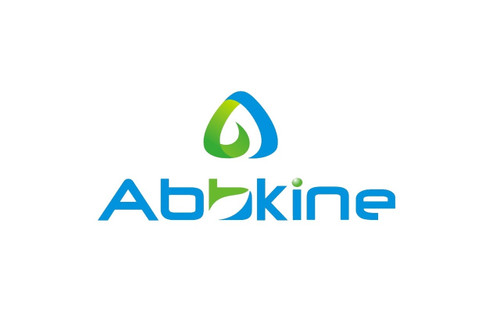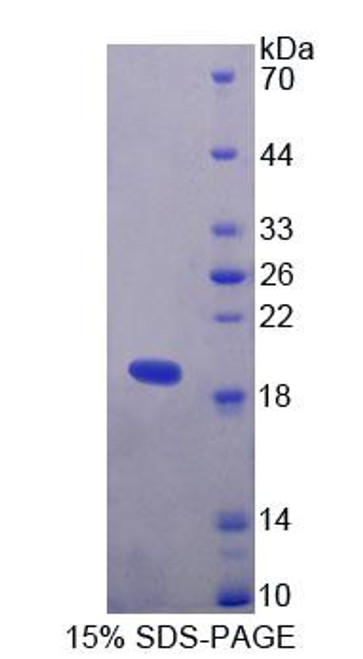Product Description
Human T-lymphoma invasion and metastasis-inducing protein 1 (TIAM1) ELISA Kit | AE59670HU | Abebio
Species Reactivity: Human (Homo sapiens)
Abbreviation: TIAM1
Alternative Name: FLJ36302; human T-lymphoma invasion and metastasis inducing TIAM1 protein
Application: ELISA
Range: 78.1-5000 pg/mL
Sensitivity: 31 pg/mL
Intra-Assay: ≤5.3%
Inter-Assay: ≤9.6%
Recovery: 1, 06
Sample Type: Serum, Plasma, Other biological fluids
Detection Method: Sandwich
Analysis Method : Quantitive
Test Principale: This assay employs a two-site sandwich ELISA to quantitate TIAM1 in samples. An antibody specific for TIAM1 has been pre-coated onto a microplate. Standards and samples are pipetted into the wells and anyTIAM1 present is bound by the immobilized antibody. After removing any unbound substances, a biotin-conjugated antibody specific for TIAM1 is added to the wells. After washing, Streptavidin conjugated Horseradish Peroxidase (HRP) is added to the wells. Following a wash to remove any unbound avidin-enzyme reagent, a substrate solution is added to the wells and color develops in proportion to the amount of TIAM1 bound in the initial step. The color development is stopped and the intensity of the color is measured.
Product Overview: TRIF is primarily active in the spleen and is often regulated when MyD88 is deficient in the liver, indicating organ-specific regulation of signaling pathways. Curiously, there is a lack of redundancy within the TLR4 signaling pathway that leads to microbial evasion of immune response in the host after mutations occur within intermediates of the pathway. Three TRAF-binding motifs present in the amino terminal region of TRIF are necessary for association with TRAF6. Destruction of these motifs reduced the activation of NF-κβ, a transcription factor that is also activated by the carboxy-terminal domain of TRIF in the upregulation of cytokines and co-stimulatory immune molecules. This domain recruits receptor-interacting protein (RIP1) and RIP3 through the RIP homotypic interaction motif.
Stability: The stability of ELISA kit is determined by the loss rate of activity. The loss rate of this kit is less than 5% within the expiration date under appropriate storage condition. The loss rate was determined by accelerated thermal degradation test. Keep the kit at 37°C for 4 and 7 days, and compare O.D.values of the kit kept at 37°C with that of at recommended temperature. (referring from China Biological Products Standard, which was calculated by the Arrhenius equation. For ELISA kit, 4 days storage at 37°C can be considered as 6 months at 2 - 8°C, which means 7 days at 37°C equaling 12 months at 2 - 8°C) .
 Euro
Euro
 USD
USD
 British Pound
British Pound
 NULL
NULL








